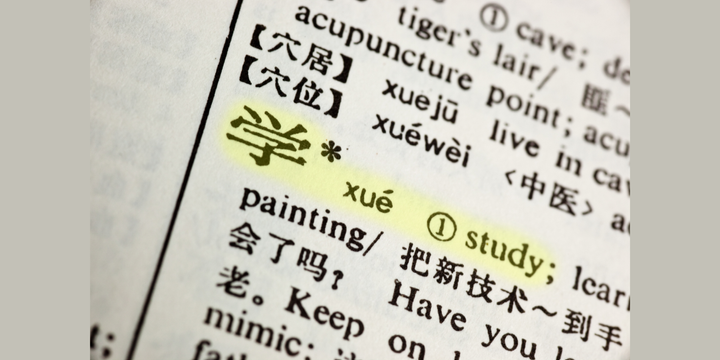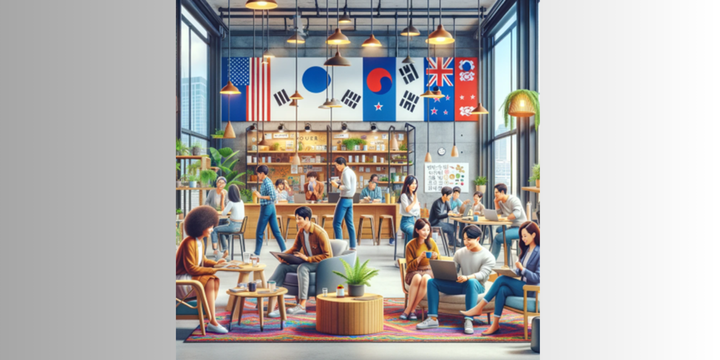New research paints positive picture for NZ brands—if they stay authentic
How NZ brands can use art to enhance their image in the eyes of international customers
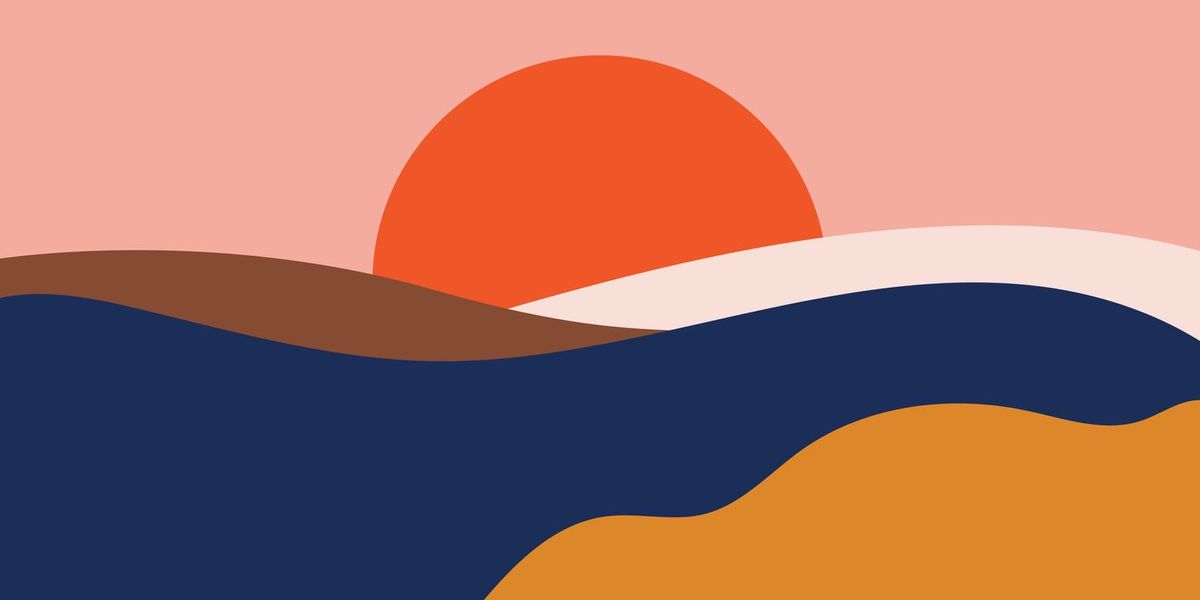
Luxury brands have long gilded their image with fine art, but can New Zealand exporters reach international customers with the same method, and if so, would McCahon work as well as Monet?
The Context
- While New Zealand is a minnow in the Asia-Pacific luxury market, opportunities are increasing thanks to post-pandemic spending and a better understanding of why customers pay for luxury.
- Non-luxury New Zealand brands can also gain from understanding luxury consumer behaviour, especially when it comes to improving their products’ image in the eyes of international customers.
- Enhancing brand image through art is a good option for New Zealand brands provided they stay authentic to the brand’s origins in the eyes of customers, according to Dr Yuri Seo, co-author of The Role of Cultural Congruence in the Art Infusion Effect (abstract/paywalled), a study conducted with Dr Felix Septianto of Queensland University and Dr Eunju Ko of Yonsei University.
The Context talked to Dr Seo, Associate Professor and Deputy Head of Marketing at the University of Auckland Business School, about what the research means for New Zealand SMEs.
Dr Seo specialises in consumer psychology and is particularly interested in why consumers make choices that have nothing to do with the products themselves. Many New Zealand exporters might ponder this question—why do people spend so much on luxury branded handbags, cosmetics and the like, and how can they give their products the same glamour?
Art is known to attract consumers to certain products and research is helping us know why, as well as how, it can make New Zealand products more attractive to global consumers, specifically through the ‘art infusion effect’.
The art infusion effect, simply put, says that no matter the art, people like it, and they like products more if they’re advertised with art. The term was first coined in a 2008 research paper, Art Infusion: The Influence of Visual Art on the Perception and Evaluation of Consumer Products, which showed that famous artworks, such as from Monet and Turner, made non-luxury products like soap dispensers more appealing. Science has something to say about the effect, too.
“Art activates the same reward-circuitry regions of the brain in fMRI scans regardless of the content of the art, so people perceive any product as more luxurious if art is near, next to or even on the product,” said Dr Seo.
The art infusion effect is ever-present in the luxury world’s relationship with art. Luxury brands have associated themselves with art for decades; it’s not an accident that stores like Louis Vuitton resemble art galleries, and collaborations with artists are now standard in luxury retail. Art makes luxury feel more luxurious.
But can art make honey feel more luxurious? Can New Zealand exporters wield the power of art infusion, and should they cover their merino sweaters in globally recognised high-end art, or go for something more humble, local (and affordable)? Dr Seo’s research suggests that art could be a good match for many brand campaign, provided certain conditions are met.
“We found that the origin of the art chosen matters a great deal,” said Dr Seo. His study found that luxury products marketed with art from the same country of the product, in this case a Korean product with a Korean art, were perceived as more luxurious than a Korean product marketed with European art. This despite the ‘stereotype’ of luxury that European art and luxury goods possess.
“Pairing art and products that do not match in origin dents the perceived authenticity of the brand and lessens the impact of the art infusion effect, while art that is ‘congruent’ with the origin country of the product will increase the perceived luxury of the product,” explained Dr Seo.
The study team term this phenomenon the ‘Brand-Artwork Country of Origin Congruence.’
The team made their findings by creating advertisements for two real Korean brands (Sulwhasoo and CUCKOO) with congruent Korean art (by artists Kwon Jeong-Soon and Kim Singu) and incongruent European art (by Van Gogh). Consumers across four countries consistently preferred the culturally congruent artworks. Incongruent artworks were no more favoured than a control advertisement with no art apart from a simple photograph.
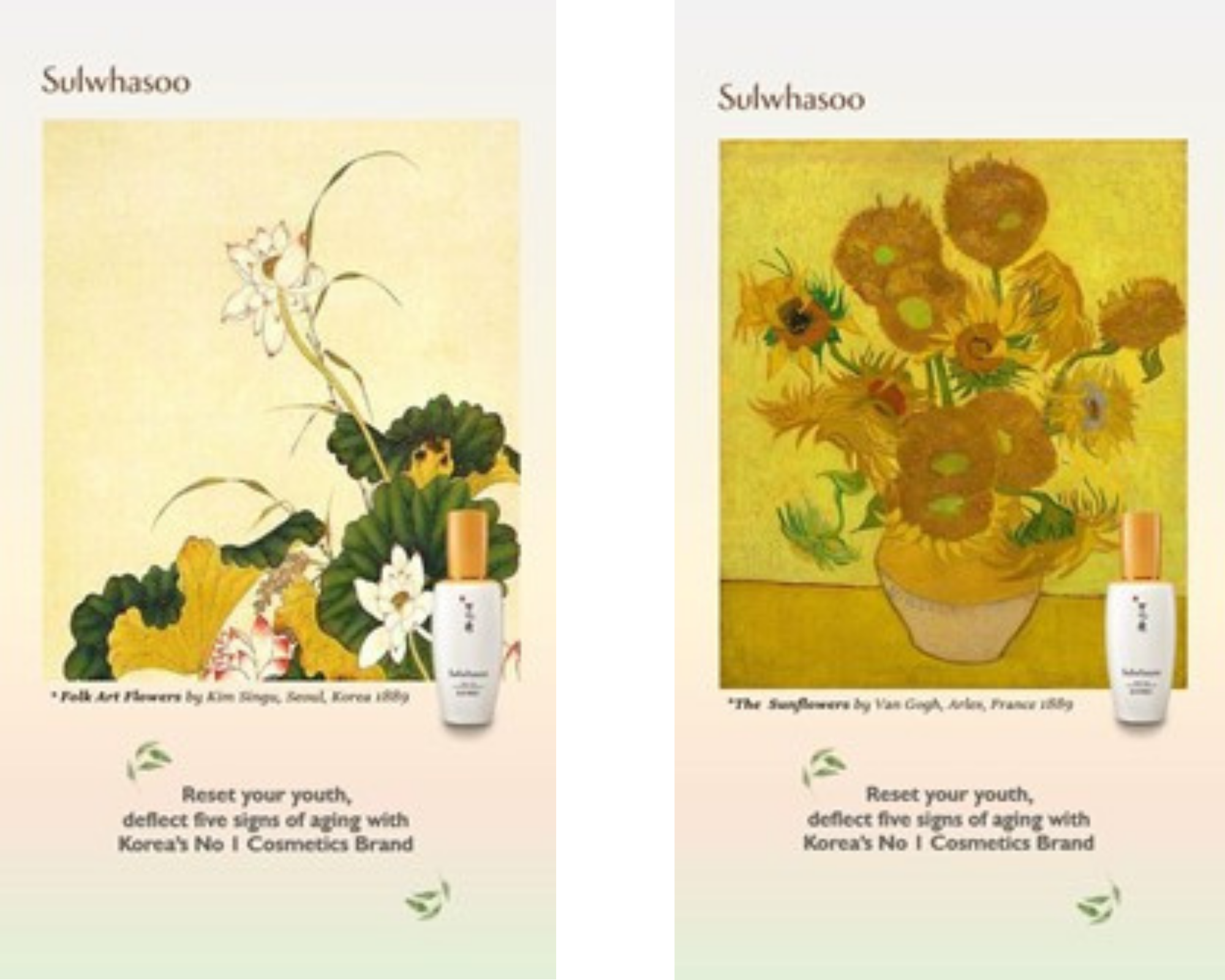
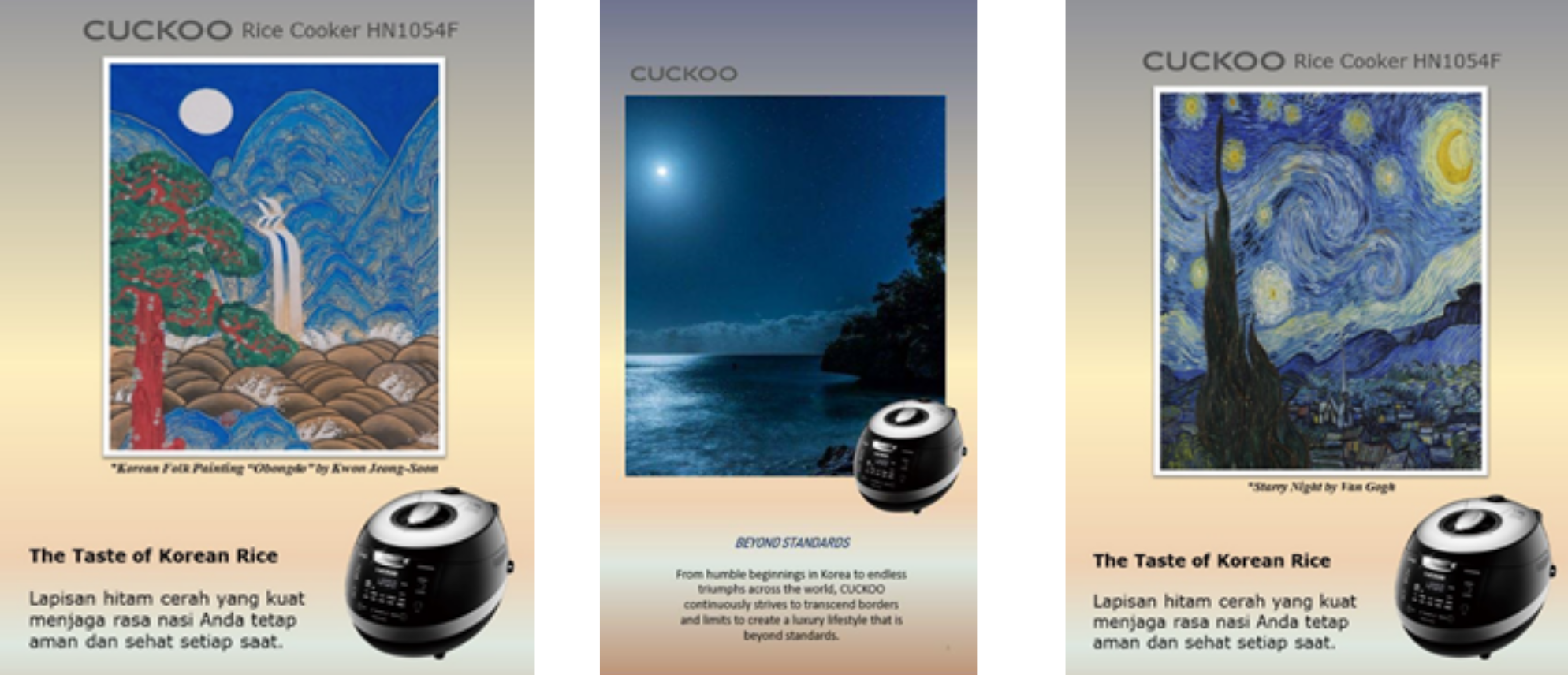
Authenticity is in the eye of the beholder
Dr Seo believes that the research findings will be useful for brands that are not from a stereotypically luxurious country or lack the heritage of older luxury brands—yes, New Zealand comes to mind here. Typically associated with primary industries like agriculture, rather than luxury goods or artisanship, New Zealand remains the second smallest luxury market in the Asia-Pacific, after Pakistan. But that doesn’t mean that Kiwi marketers should borrow from other cultures to give their products some glamour.
“Some brands may have assumed that to take advantage of the art infusion effect, they should use established, well known European art to enhance brand luxuriousness—such as the Mona Lisa next to New Zealand kiwifruits—but in fact, the pairing may compromise consumers’ perceptions of brand authenticity and not produce the desired effect,” said Dr Seo.
The Art Infusion Effect can work if brands carefully select the art and consider using culturally congruent artworks—even if the originating countries of such artworks may convey a less ‘luxurious’ stereotype.
Working with art from elsewhere is not always out of the question. The study found that an ‘incongruent’ artwork can positively impact consumer evaluations in certain conditions: “Marketers can ‘restore’ the Art Infusion Effect if consumers have other reasons to believe that the advertised brand is authentic,” said Dr Seo.
“The need for authenticity may be less important in brands so large that they could be considered ‘global,’” added Dr Seo. Samsung, for example, is Korean, but their ‘Art Heist’ marketing campaign focused on international art from multiple countries, and French brand Louis Vuitton’s 2002 collaboration with Japanese artist Takashi Murakami yielded the iconic multicolour ‘LV’ monogram, a print so successful it was only retired in 2015.
Research and understanding consumers in each market remains important, Dr Seo stresses.
“If a brand is planning on marketing a sense of ‘authenticity’ as key to their brand, it is important to research what the customers actually perceive to be authentic.”
Brands should consider the difference between insider and outsider perceptions of their culture, cautions Dr Seo.
“You need to put yourself in the shoes of other consumers and how they perceive your country’s culture. What people might think of as ‘authentic’ domestically may be completely unknown to overseas consumers, and even accidentally perceived as ‘incongruent’ if so.”
Opportunities for Growth: Emerging Luxury Markets
Luxury markets were hit hard by the pandemic, with most sectors down at least 40% over 2021 and 2022. Dr Seo notes, however, that travel restrictions have left wealthier people with unspent travelling cash to spend in retail-based luxury sectors, which are seeing new interest in spending, including on overseas brands.
In 2020, New Zealand’s luxury market still had the second smallest revenue in the Asia-Pacific, at US$831 million. Meanwhile, the luxury goods market generated a revenue of US$39 billion dollars in China, and US$28 billion in Japan.
Despite the challenges of the pandemic, the sector clearly still has opportunities for growth, and continues to pivot away from established markets in Western Europe, North America and Japan to China and other emerging markets.
This gives New Zealand brands an opportunity to connect with these emerging markets through authentic partnerships with local artists—an exciting win-win prospect.
In the meantime, Dr Seo’s next research will be a fascinating look at how fans perceive cultural appropriation in the world of K-pop. He is also a member of the North Asia Centre of Asia-Pacific Excellence's Academic Advisory Group. We look forward to his future insights!
Feature image: Art always adds some luxury. Image: iStock/OvochevaZhanna


